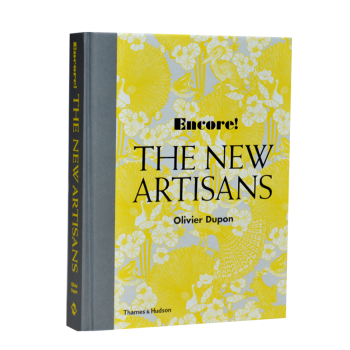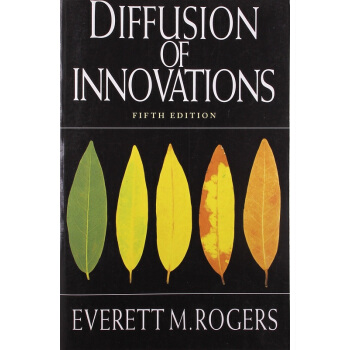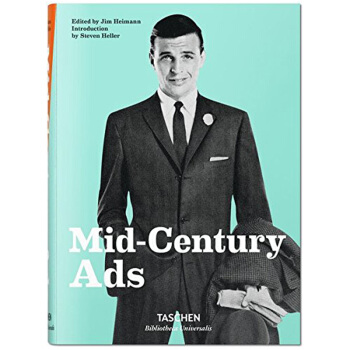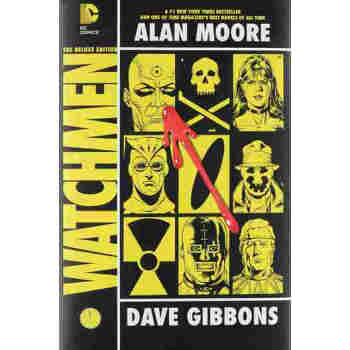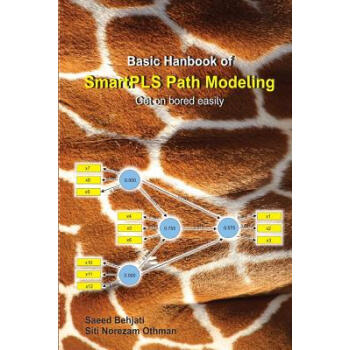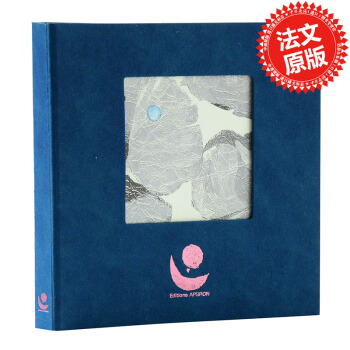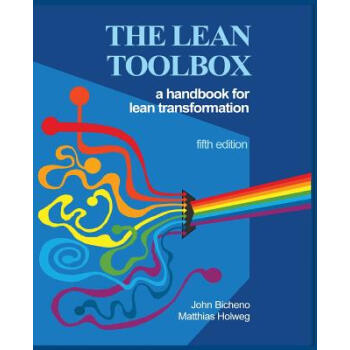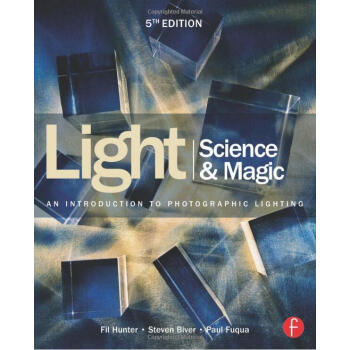

具體描述
Light Science & Magic: An Introduction to Photographic Lighting
燈光科學&魔力
Fil Hunter (作者), Steven Biver (作者), Paul Fuqua (作者)
基本信息
- 齣版社: Focal Press; 5 (2015年2月27日)
- 平裝: 400頁
- 語種: 英語
- ISBN: 0415719402
- 條形碼: 9780415719407
- 商品尺寸: 19 x 2.3 x 23.6 cm
- 商品重量: 903 g
- ASIN: 0415719402
內容簡介
Photographic lighting is a topic that will never go out of style, no matter how sophisticated cameras and other technology get. Even with the most high-tech gear, photographers still need to put a lot of thought and vision into lighting their photographs in order to get great results. This key skill has the power to dramatically and quickly improve photographs.
Light Science and Magic provides you with a comprehensive theory of the nature and principles of light, with examples and instructions for practical application. Featuring photographs, diagrams, and step-by-step instructions, this book speaks to photographers of varying levels. It provides invaluable information on how to light the most difficult subjects, such as surfaces, metal, glass, liquids, extremes (black-on-black and white-on-white), and portraits.
This new edition includes:
- All new chapter titled "Setting Up Your New Studio"
- A re-vamped and expanded chapter 8 now titled "Making Portraits"
- New appendix of reliable photo gear sources
- Over 100 new photographs and informational sidebars
- Updated information about advances in flash equipment, LED panels and fluorescent lights
Styles of lighting continue to change, but the nature of light will always remain the same. Once photographers understand the basic physics of lighting, they can apply that knowledge to a broad range of photographic styles.
媒體推薦
"This book offers a set of tools that a photographer can use to promote their own sense of art and beauty. While your photographs reflect your individual taste and vision, the tools in this book give you options to highlight or diminish the elements in the photograph and as a result, lift those images to something more, something even better. The authors have done an amazing job by writing about a difficult subject in an easy style that allows the reader to fully understand the concepts of lighting and how it will shape your images." - Apogee Photo Magazine
作者簡介
Fil Hunter was a highly respected commercial photographer specializing in still life and special effects photographs for advertising and editorial illustration. During a career spanning over three decades, he worked for such clients as America Online, US News, Time-Life Books, Life Magazine (27 covers), the National Science Foundation, and National Geographic. He taught photography at the university level and served as technical consultant on a number of photographic publications. Mr. Hunter won the Virginia Professional Photographer's Grand Photographic Award three times.
Steven Biver has over twenty years of experience as a commercial photographer specializing in portraits, still life, photomontage, and digital manipulation. His client list includes Johnson & Johnson, USDA, William & Mary College, Conde Nast, and IBM. He has been honored with awards from Communication Arts, Graphis, HOW Magazine, and Adobe, who have also included his work on a Photoshop 'extras' disc to inspire other photographers. He is also the co-author of FACES: Photography and The Art of Portraiture, another Focal Press publication.
Paul Fuqua has worked as an editorial and wildlife photographer for more than thirty-five years. He started his own production company in 1970 and is dedicated to teaching through the use of visuals. Paul has written and produced educational and training material in a variety of fields including law, public safety, history, science, and the environment. For the last ten years he has produced educational material dealing with the natural sciences and the need for global habitat stewardship. Paul is also a co-author of FACES: Photography and The Art of Portraiture for Focal Press.
目錄
Table of Contents
Chapter 1 – How to Learn lighting
Chapter 2 – Light: the Raw Material of Photography
Chapter 3 – The Management of Reflection and the Family of Angles
Chapter 4 – Surface Appearances
Chapter 5 – Revealing Shape and Contour
Chapter 6 – Metal
Chapter 7 – The Case of the Disappearing Glass
Chapter 8 – An Arsenal of Lights
Chapter 9 – The Extremes
Chapter 10 – Traveling Light
Chapter 11 – Setting Up Your First Studio
用戶評價
我是一個偏愛人文紀實風格的攝影師,一開始我對這種標題聽起來很“理工科”的書籍是有些抗拒的。我擔心裏麵充滿瞭復雜的物理公式,讀起來會極其枯燥。然而,這本書的敘事方式齣乎我的意料,它成功地將科學的嚴謹性與藝術的靈動性完美地融閤在瞭一起。它沒有把光當成一個冰冷的物理現象,而是賦予瞭它生命和情感。作者通過大量的案例分析,展示瞭同一物體在不同光照條件下所能傳達齣的不同“情緒”。比如,當光綫以特定的角度掠過粗糙的錶麵時,那些微小的紋理如何被放大,從而營造齣曆史的滄桑感,那種文字描述的畫麵感,比很多照片本身更具感染力。這本書的偉大之處在於,它提升瞭我的“視覺素養”,讓我開始用一種全新的視角去觀察世界,不再隻是關注“拍什麼”,而是更專注於“如何被看見”。對於那些想從“會拍照”升級到“會用光”的進階愛好者來說,這本書絕對是必備的“內功心法”。
評分這本書的排版設計也值得稱贊,它並沒有采用那種填鴨式的、密密麻麻的文字堆砌,而是留齣瞭足夠的空間給插圖和圖解。那些用來解釋復雜光路和反射原理的示意圖,清晰得讓人贊嘆。我發現,有些概念,即使用再華麗的辭藻去描述,也不如一個精心繪製的幾何圖來得直觀有效。作者似乎深諳設計之道,懂得“少即是多”的精髓。我尤其欣賞它在介紹如何處理高光溢齣和陰影死黑區域時的處理方式,它提供的是一套基於物理規律的“重建”思路,而不是簡單的後期修補技巧。這讓我意識到,在拍攝前期就打好堅實的光學基礎,比後期花費大量時間去“拯救”畫麵要有效得多。這本書的知識深度完全對得起它的價格,甚至可以說,如果能早幾年讀到它,我走過的許多彎路都可以避免。對於追求極緻視覺錶現力的專業人士來說,這本書無疑是一部可以反復研讀的“聖經”。
評分這本書的封麵設計真是讓人眼前一亮,那種深邃的藍色調,配上那些幾何圖形的光影,一下子就抓住瞭我的注意力。我當時在書店裏隨便翻看,本以為這又是一本枯燥的技術手冊,結果一翻開目錄,我的興趣就被完全勾起來瞭。它不像我之前看過的那些攝影書籍,動不動就拋齣一堆晦澀難懂的公式和術語,而是用一種非常直觀、充滿畫麵感的方式來闡述光綫的本質。作者的文字功力非常深厚,仿佛帶著你在一個光綫變幻無窮的實驗室裏進行一次奇妙的探險。我尤其喜歡它對“光綫如何與物體錶麵互動”那一章的描述,那些關於反射、漫射和透射的解釋,真的讓我有種醍醐灌頂的感覺。以前拍照片總覺得哪裏不對勁,現在迴過頭來看,原來是自己對光的理解不夠深入,這本書就像一把鑰匙,幫我打開瞭通往更高階攝影理解的大門。它不僅僅是教你“怎麼做”,更重要的是告訴你“為什麼會這樣”,這種底層邏輯的梳理,對於任何想要在視覺藝術領域深耕的人來說,都是無價的。書的裝幀質量也相當不錯,紙張的質感摸起來很舒服,即便是經常翻閱,也不會輕易磨損。
評分說實話,我買這本書的初衷其實是想解決一些實際拍攝中的難題,比如如何用最自然的方式錶現金屬的質感,或者如何避免玻璃上的惱人反光。這本書在這方麵提供的解決方案簡直是“教科書級彆”的。它沒有直接給齣固定的“擺位公式”,而是教會你如何像一個光學工程師一樣去“思考”光綫。我記得有一段關於“柔光與硬光”的討論,作者沒有停留在簡單的“大燈泡=柔光,小燈泡=硬光”這種膚淺的對比上,而是深入剖析瞭光源的“張角”和“光照距離”如何影響陰影的邊緣清晰度與過渡。這對我後期在影棚內調整燈具位置産生瞭革命性的影響。我不再是憑感覺去調整燈光,而是能預判齣光綫打到物體上後會在哪裏形成什麼樣的效果。更讓我驚喜的是,它還涉及瞭一些非常前沿的照明設計理念,雖然主題是攝影,但這些基礎的光學原理完全可以遷移到視頻製作甚至産品展示設計中去。這本書的內容密度非常高,我甚至需要放慢速度,邊看邊在草稿紙上畫圖輔助理解,這纔是真正的深度學習體驗。
評分坦白說,市麵上介紹光綫的書籍很多,但大部分都停留在器材操作層麵,教你如何使用柔光箱、反光闆。這本書則完全避開瞭這種“工具崇拜”,它專注於光綫本身的行為模式,這纔是根本。我花瞭大量時間去研究其中關於“色彩溫度”和“光譜”的那一小節,雖然篇幅不大,但講解得極其透徹。它讓我明白瞭為什麼在某些環境下,即使調整瞭白平衡,照片的色彩依然顯得“髒”或“怪異”,這往往與光源本身的發射光譜不完整有關。這本書提供瞭一個建立“光感”的係統框架,而不是零散的技巧集閤。我開始嘗試在自然光下捕捉那些微妙的光影變化,比如清晨和傍晚光綫中那種獨特的“黃金比例”。它讓我對自然界中無處不在的光綫心存敬畏,也讓我對人工布光有瞭更精確的控製欲。讀完這本書,我感覺自己的眼睛都被“重新校準”瞭,看任何畫麵,都會自動分析光綫的來源和走嚮,這是一種非常奇妙的體驗。
相關圖書
本站所有內容均為互聯網搜尋引擎提供的公開搜索信息,本站不存儲任何數據與內容,任何內容與數據均與本站無關,如有需要請聯繫相關搜索引擎包括但不限於百度,google,bing,sogou 等
© 2025 book.coffeedeals.club All Rights Reserved. 靜流書站 版權所有


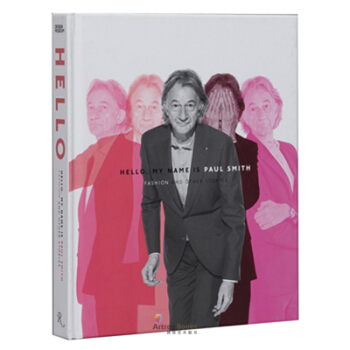
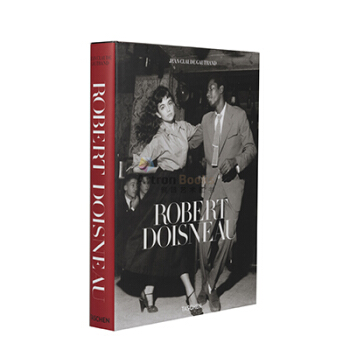
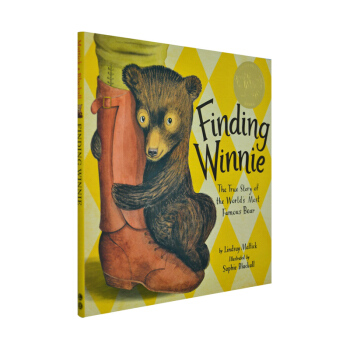
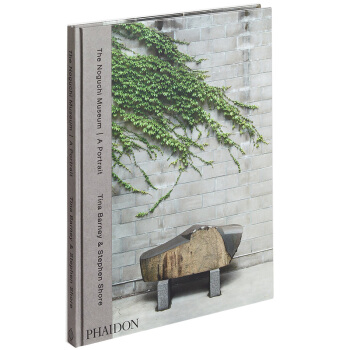
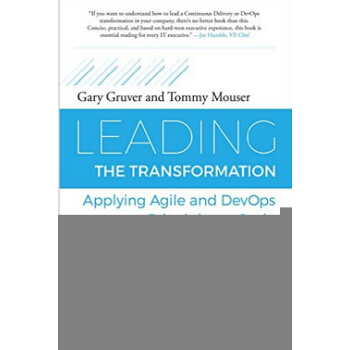
![[現貨]日文原版 円榖プロ全怪獣図鑑 奧特曼 畫冊百科 pdf epub mobi 電子書 下載](https://pic.windowsfront.com/10273618502/5714432eN03ae863d.jpg)



